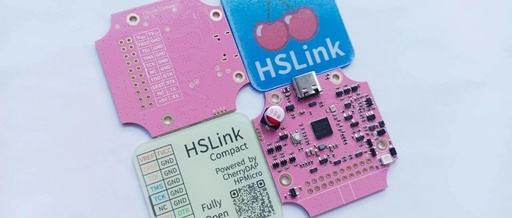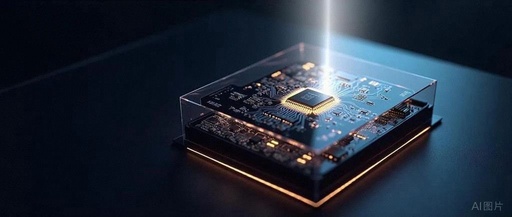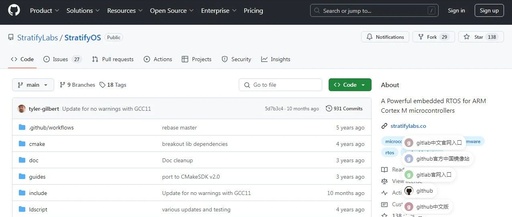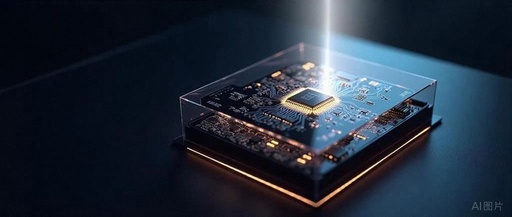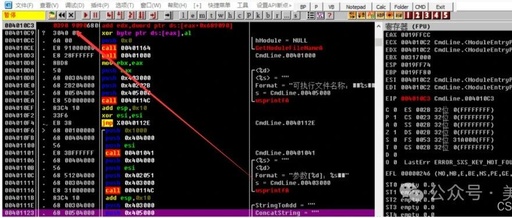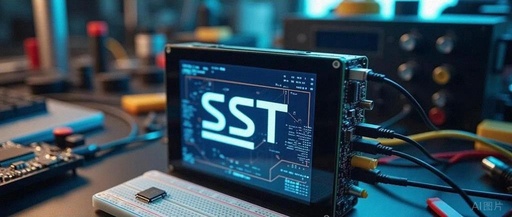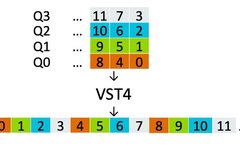Tutorial: ARM Cortex-M Series MCU Error Tracking Library CmBacktrace: Simplifying Fault Diagnosis
CmBacktrace Fault Diagnosis In the world of embedded development, ARM Cortex-M series microcontrollers are widely used in various embedded systems due to their high performance and low power consumption. However, as system complexity increases, developers often feel helpless when facing issues like “Hard Faults.” Quickly locating and resolving these errors has become a significant challenge … Read more
